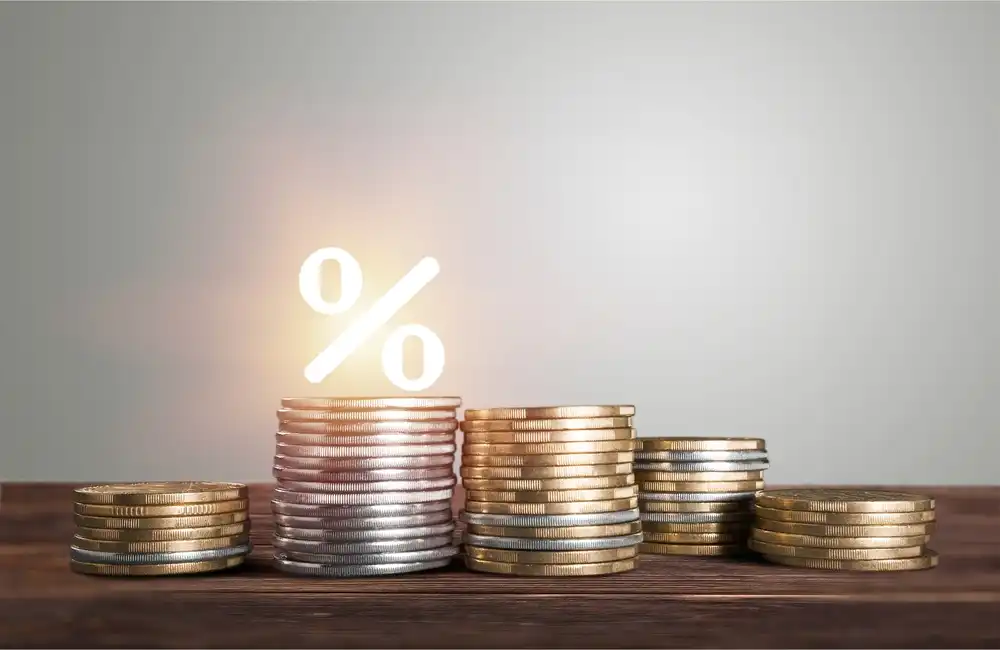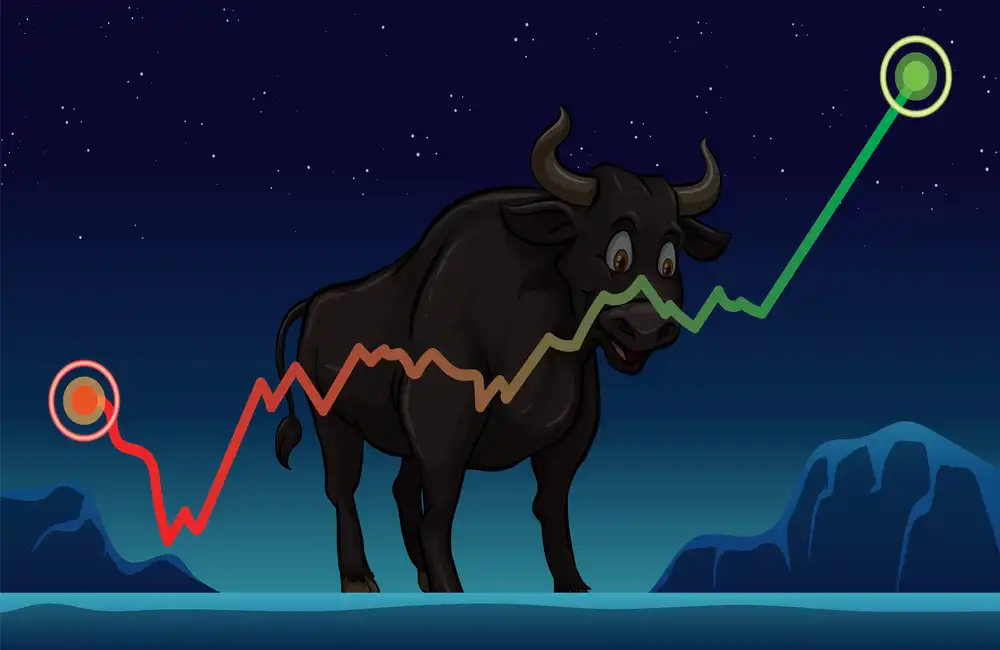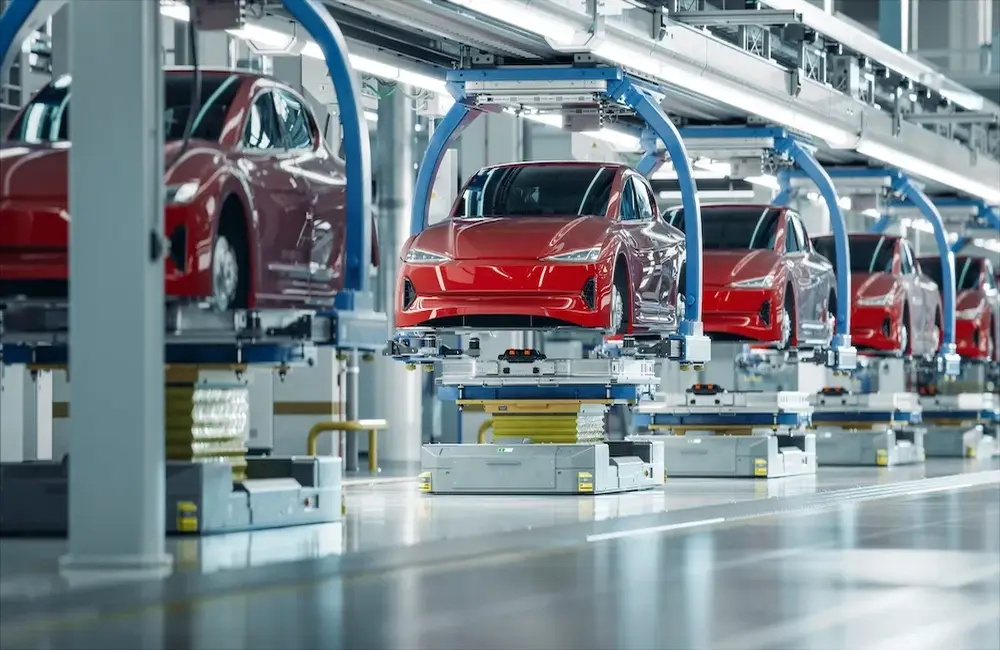The global chip industry’s worries keep piling up, after two years of shortages. The concerns are now around: Weaker consumer demand, over-stockpiling by manufacturers and changes to US chip export policies.
The automotive industry typically comprises only a small share of a chipmaker’s sales. Case in point, Taiwan Semiconductor Manufacturing Co., which derives just 3.31% of its 2020 revenue from the automotive segment. Semiconductor chips, however, are integral to the automotive segment, especially as the demand for electric vehicles increases. Predicts that sales of electric vehicles will reach 6.71 million units in China in 2022, more than doubling from 3.12 million in 2021.
Chipmakers that are major suppliers to the automotive industry, including Infineon Technologies, anticipate a gradual easing of the shortage, but risks of further supply chain disruptions persist. As we approach 2023, Infineon anticipates the demand-supply environment to normalize as the shortage continues to recede. But Infineon warned of general economic slowdowns and possible energy shortages.
Carmakers have given mixed forecasts: General Motors believes that the shortage will last through 2023, but Volkswagen expects it to ease up. While some vehicle manufacturers indicated that they had returned to normal output, many others continued to work through shortfalls. Toyota Motor Corporation had said its “situation remains difficult to predict as a result of semiconductor shortages and COVID-19.”
Despite the caution, Toyota, Honda, Nissan, and other major Japanese automakers laid out timelines for electric vehicles but continue to bet on hydrogen fuel-cell electric vehicles, much like their South Korean counterparts. Due to that, Toyota Motor plans Yen 730 billion investment in EV battery production in Japan and the US.
The forward gear: Car manufacturers invest heavily in new energy vehicles
Reverse gear: Inflation and high costs may stifle sales
Outlook
Vehicle manufacturers will not be able to meet pent-up demand due to chip shortages through the rest of 2022 and even into 2023, so higher prices for vehicles should persist. But demand for chips may soon be stretched even tighter because vehicle manufacturers are rushing to add more EV production and driver-assistance systems. Besides the chip shortage, vehicle makers are partnering with secondary battery producers to secure supply for their EV expansions, whether it comes to landing battery materials. Vehicle manufacturers that rely on Chinese supply chains could be looking to accelerate their efforts to relocate production away from the country to lessen the risks of future disruption caused by the coronavirus.
US
The semiconductor shortage and planned downtimes at factories throughout the summer continue to constrain vehicle sales in the US. US automotive companies pointed to supply chain troubles, including persistent chip cuts, as limiting production and shipments. However, US automakers hit the height of the chip shortage in the second half of 2021 due to COVID-19. US vehicle makers could yield better results over the remaining part of 2022 compared to the corresponding period of 2021 on the back of a lower base last year, despite current geopolitical and inflation issues. Hot-rolled coil demand fell amid a weak overall market and cautious sentiment, which restricted spot prices on the low end in the bearish climate.
H2 sales of potential over total sales of 2021
There is not enough vehicle inventory to match demand. TSI US HRC index was $780/st on Aug. 31, down 38.6% from $1,270/st on Jan. 31.
EU
New passenger car registrations across the European Union jumped in August in its first month-on-month increase since June 2021, data from the European Automobile Manufacturers Association, or ACEA, showed. Regardless of the promising performance, the volume in August fell “so much” from July by -11.9% in the EU -- a nine-month low and “well below” pre-pandemic levels, according to the ACEA. Total sales in the first eight months of 2022 came in at 6 million units, marking a drop of 11.9% from a year earlier, the data showed. Like most worldwide car markets, the European Union was pulled down by supply chain problems, but inflationary pressures will also have presented fresh challenges. Russia’s invasion of Ukraine and COVID-19 lockdowns in China affected the supply of automotive components to the EU. Long lead times and elevated operational costs were likely to remain until late 2022 and into 2023. Amid geopolitical uncertainties and inflation concerns, vehicle sales may not reach pre-pandemic levels by 2024, but not on pre-pandemic levels.
EU automakers dragged down by supply chain challenges
Elevated operating costs may last into 2023. Northern European cold-rolled coil prices averaged $1,481.51/mt in June, a drastic decline from $2,227.57/mt a year earlier, according to Platts data.
CHINA
A power crunch crimped Chinese vehicle production during the nation’s longest and strongest heat wave since 1961, when records started. But retail sales of passenger cars stayed strong, particularly in August, largely owing to a policy to cut taxes on buying gasoline cars. In addition to gaining from the tax exemption, there was also a delayed impact of orders that shoppers made in March through May, when coronavirus restrictions were in their second wave, and improvements from a low base in the same period of 2021. On a year-on-year basis, passenger car sales over January-August were up by 1.7% at 16.86 million units while production was 4.8% higher at 16.97 million units.
The 38.3% year-on-year increase in vehicle output in August. Ford Touts Euro 7 Investment Savings As US Market Recession Began in 2022. Passenger car sales are not seen providing support to flat steel prices.
Prolongation of tax exemptions for new energy vehicles in China into 2023.
INDIA
In India, too, automakers battled to meet demand. While vehicle availability has improved, queues for new vehicles remain long due to strong demand for vehicles with better features, the Federation of Automobile Dealers Associations said on Sept. 8. Sales of vehicles in August totaled 1.88 million units, compared with 1.59 million the prior August, according to the Society of Indian Automobile Manufacturers. Vehicle production in August stood at 2.28 million units, compared with around 1.98 million units a year before. Despite the positive signs, SIAM was worried that volatile compressed natural gas prices could hurt sales of CNG vehicles.
Demand remains in check, experts see festive cheer in Q4
Many automakers are faced with chip shortages.
Local automakers target export markets.





















